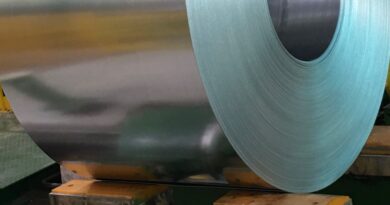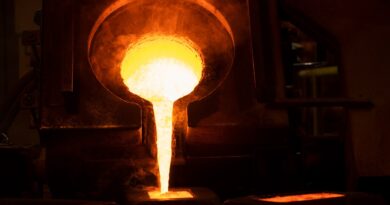Platinum-based applications for aviation industry transitions to net zero
Seventy years ago, aviation history was made when the world’s first passenger jet liner completed its maiden flight from London to Johannesburg, marking the beginning of the jet age and revolutionising travel – shortening journey times for passengers.
Coincidentally, South Africa is the centre of the global platinum group metals mining industry – over 80 per cent of the world’s reserves of platinum are located there. Today, the aviation sector is turning to platinum, renowned for its catalytic properties, as it innovates once again to meet the challenges of the energy transition.
For example, ZeroAvia, a UK government-funded pioneer of zero-emissions aviation solutions, is developing and testing proton exchange membrane (PEM) hydrogen fuel cells as part of its powertrain development. Equipped with a platinum catalyst, PEM fuel cells are powered by hydrogen and produce electricity and heat with no emissions other than water. PEM fuel cells can be combined to form fuel cell stacks, creating systems that are compact, modular and scalable, able to provide the energy density necessary to power an aircraft and offering the necessary range and payload.
In a major development for the future of hydrogen electric flight, ZeroAvia has signed the first-ever contract covering the serial delivery of hydrogen fuel stacks to the aviation industry with Sweden’s PowerCell. Under the terms of the contract, PowerCell is set to supply ZeroAvia with 5,000 stacks starting in 2024.
Elsewhere, leading airline easyJet is working with partners across the industry, including Cranfield Aerospace Solutions, Airbus, Rolls-Royce and Wright Electric, to accelerate the development of zero-emission aircraft technologies as part of its ambition to decarbonise aviation.
Cranfield is currently preparing its hydrogen fuel cell propulsion system for an existing 9-seat Britten-Norman Islander aircraft, which is planned to be flying by 2023. The collaboration with easyJet will enable it to better understand how the adoption of zero-carbon technologies could integrate with airline operations for future introduction of the technology.
PEM technology is not only being applied to build zero-emissions aircraft; it is also being used to develop sustainable aviation fuels (SAFs), including green hydrogen, which will further support the move to sustainable air travel. Earlier this year, Airbus successfully performed the first flight of an A380 powered solely by 100 per cent SAF.
Platinum demand impact
The development of PEM technologies throughout the aviation sector has a wider significance in terms of platinum demand, as the ensuing eco-systems and infrastructure created as a result encourage the more widespread adoption of platinum-based PEM technologies in other parts of the economy.
In particular, this supports the growth of the fuel cell electric vehicle (FCEV) market, which will, in time, create platinum demand equalling that of current automotive demand – possibly as early as 2033. This could add over three million ounces to annual automotive platinum demand in eleven years.
From next year, annual demand for platinum group metals in the hydrogen sector will exceed 100,000 oz for the first time as the global shift to clean energy continues apace.




